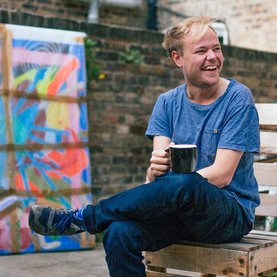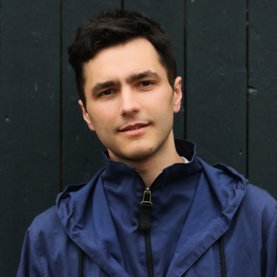ADS4: End Matter
In 2025/26, ADS4 will start at the end. Endings surround us. The world is saturated with them. Some people, places, and things experience them more acutely than others, and these asymmetries are critical to knowing why endings matter. In the face of ecological, humanitarian, and geopolitical catastrophe, asking where things end (up) is more urgent than ever.
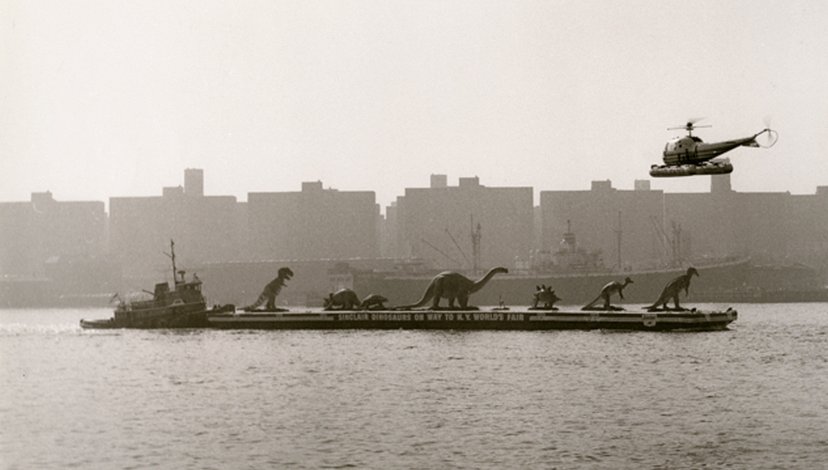
Dinosaurs making their way to the Worlds Fair in New York City, 1964
Tutors: Tom Greenall, Matteo Mastrandrea & Nicola Koller
Through the prism of dinosaurs – cultural products of the industrial revolution, and symbols of both ancient extinction and contemporary extraction – we will consider architecture paleontologically: buildings as vast repositories of “arche-fossils” whose material lives will persist long after the end.
Ultimately, we ask: in a world where endings are more unjust, more fragmented, and less considered than ever, what can architecture learn from dinosaurs?
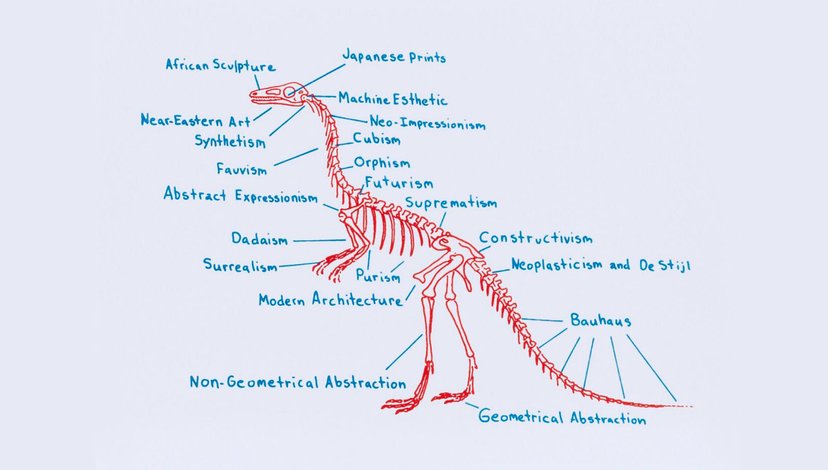
Mark Dion, When Dinosaurs Ruled the Earth, 2015
Our approach is grounded in critical and speculative design practices. Over the years, ADS4 has explored the spatial and architectural potential of tools and techniques from different disciplines including television (serial architecture, 2016), postproduction (simulated architecture, 2017), documentary film (classified architecture, 2018), theatre (staging architecture, 2019), animation (extro-architecture, 2020), scenography (background architecture, 2023), and set design (temporary works, 2024). We look to these disciplines in order to challenge conventional design processes and methodologies that we see as complicit in the stagnation of a profession that is guilty of compounding numerous social and environmental injustices.
Each year foregrounds a unique set of concerns, but what remains consistent is a preoccupation with performance, narrative, and the pursuit of spatial justice.
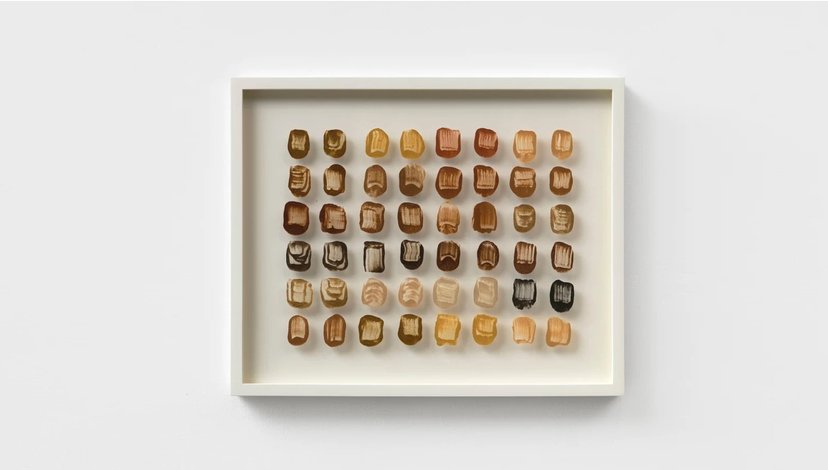
Cornelia Parker, 90 Million Years and Counting, 2025
ADS4 Structure
Our pedagogical model is about exchange rather than instruction, and we avoid overly prescriptive models of architectural education.
Term 1
Each week we will issue a mini brief to introduce one key theme—the cultural and architectural relevance of dinosaurs; ancestral thinking and the history of speculations of the end; archi-fossils and archaeological methodologies; material reuse and principles of circularity, etc. These briefs offer a series of research methodologies and design tasks that together provide a framework for developing an architectural brief, which is the ultimate output for both first and second years by the end of term 1.
Early in the term, students will share their research with the whole studio in seminars. By the second month, we will transition into smaller group tutorials to ensure continued input from and exposure to the work of your peers.
Alongside this, we will undertake the Live Project. This is compulsory for first years, but second years are encouraged to participate.
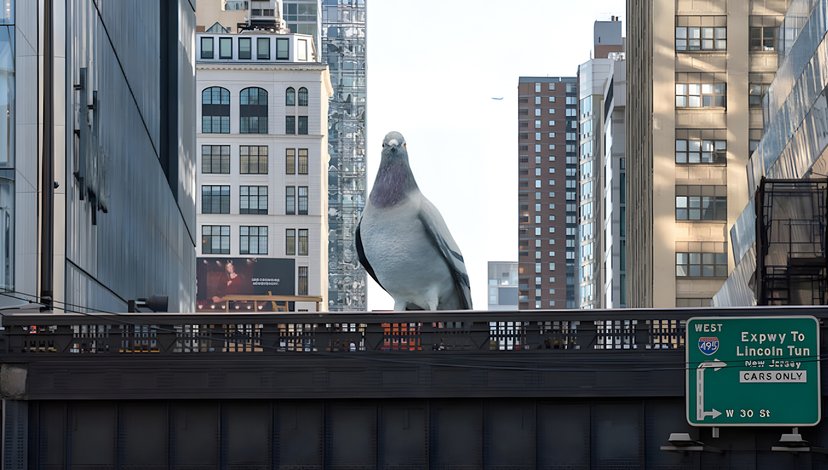
Iván Argote, Dinosaur, 2024
Term 2
Less structured than term 1, individual weekly tutorials will offer advice and relevant design tasks. This term will include the studio field trip, the location of which is agreed upon by the group and tailored to suit everyone’s budget.
The focus of this term will be the development of a personal design methodology that is appropriate and relevant to each student’s unique architectural brief.
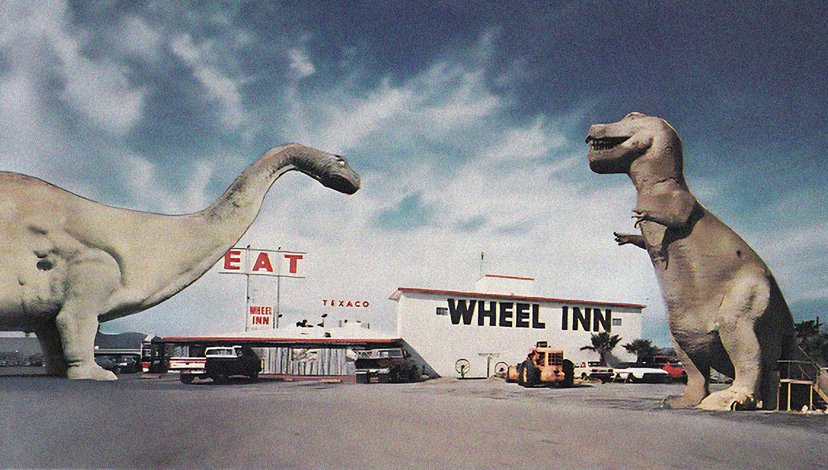
Claude Bells, Dinosaurs, Cabazon, California, 1964
Term 3
With clear design objectives and honed methodologies, the focus of term 3 will be the resolution of the project. Tutorials will be individual and provide targeted advice to ensure an ambitious outcome.
